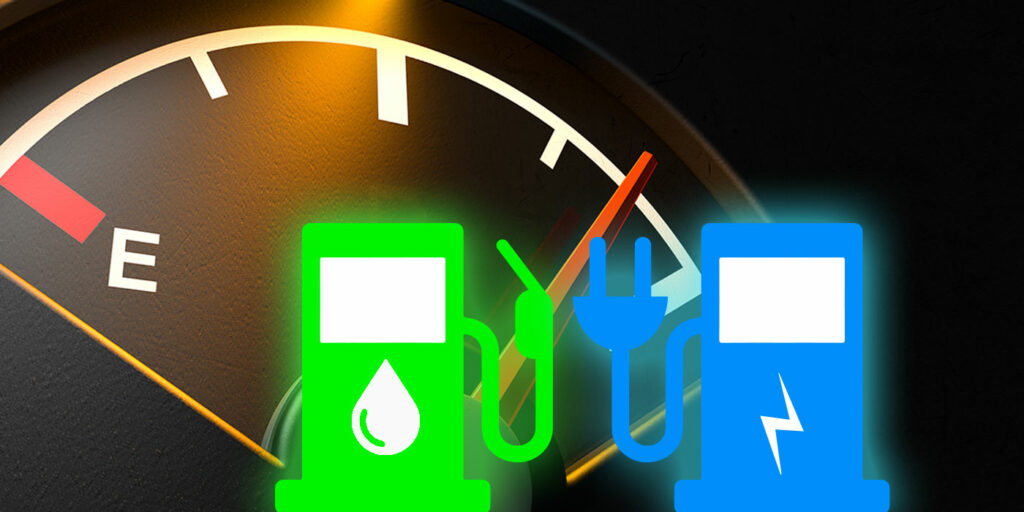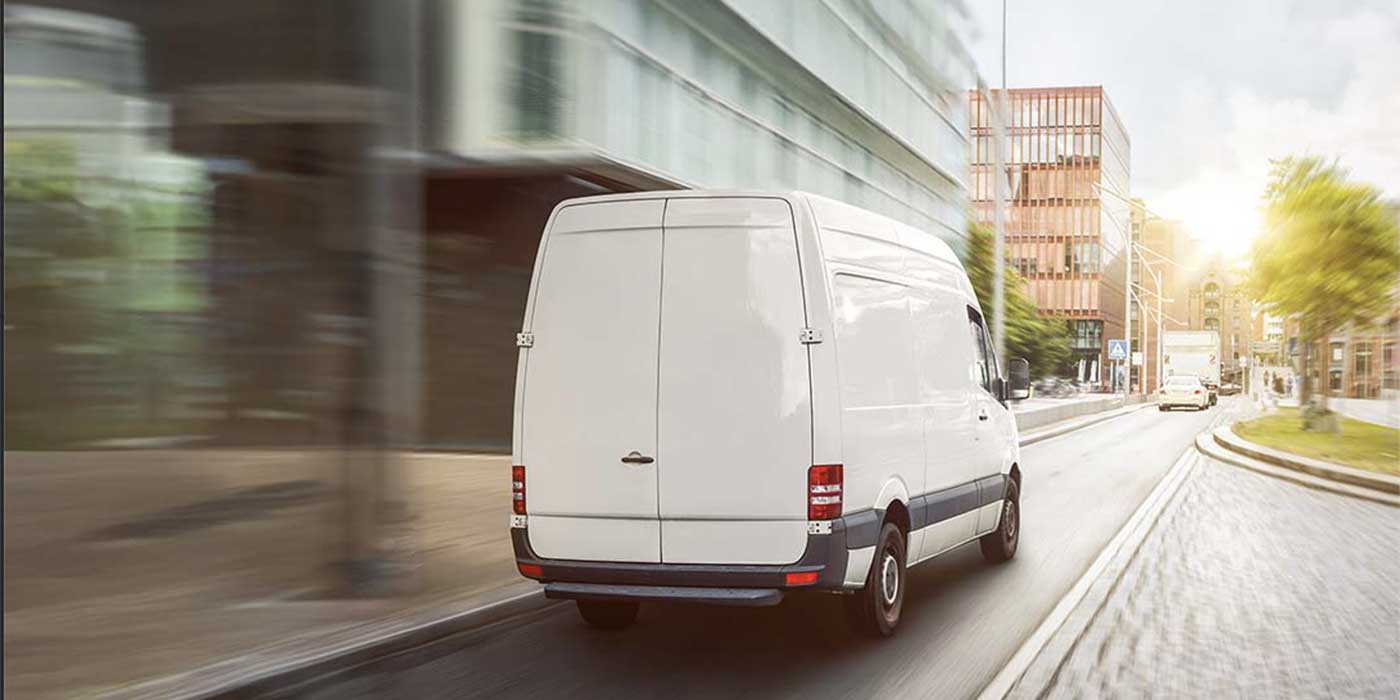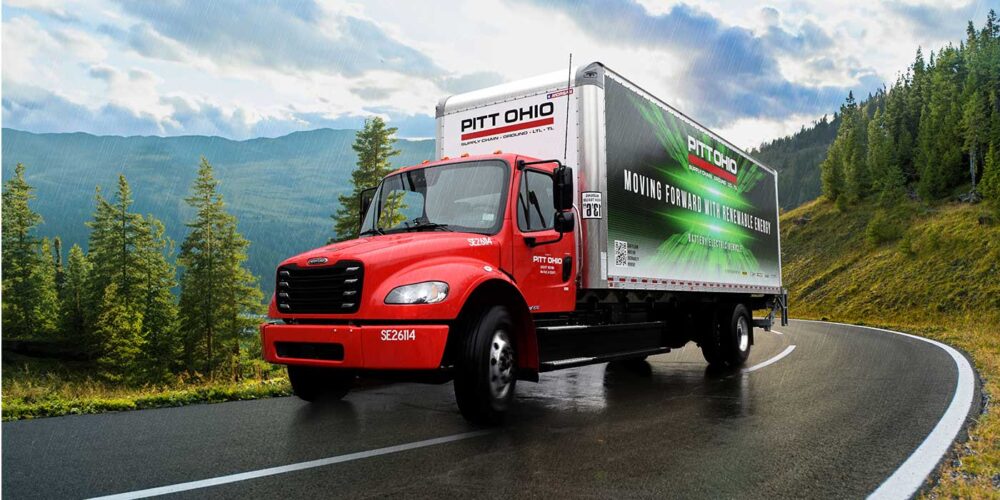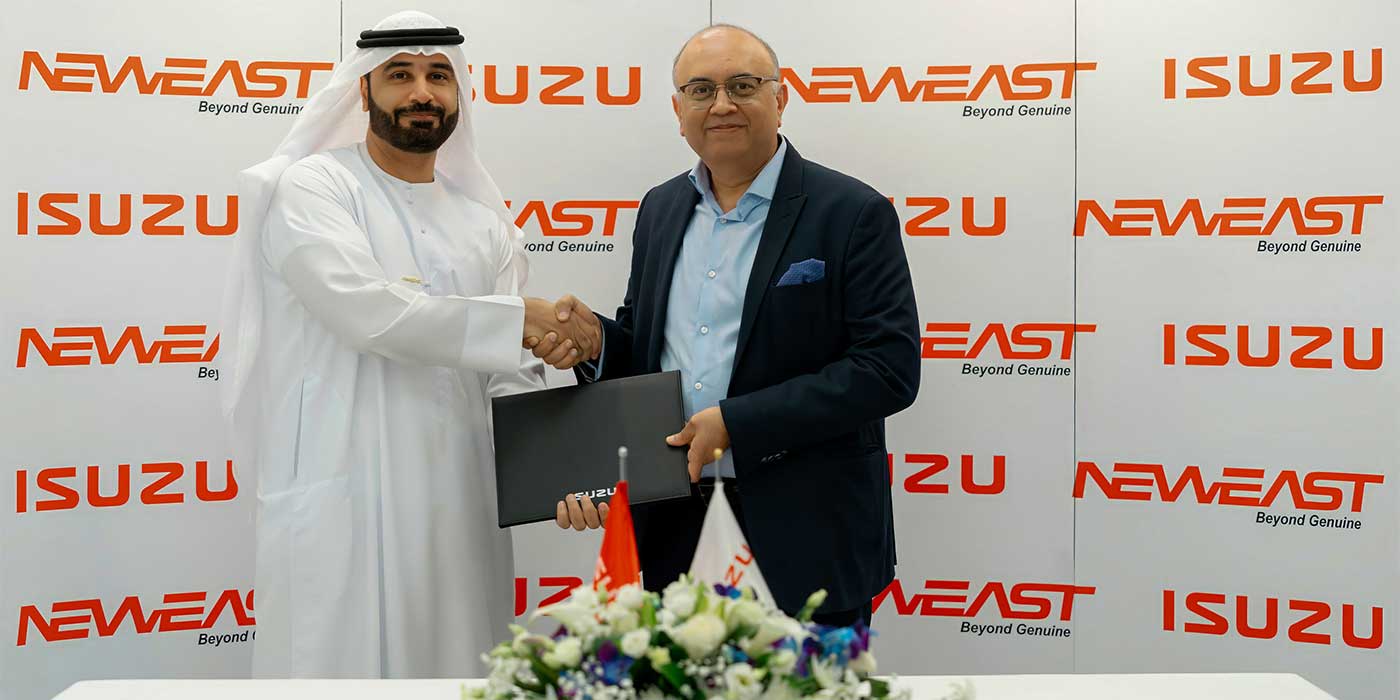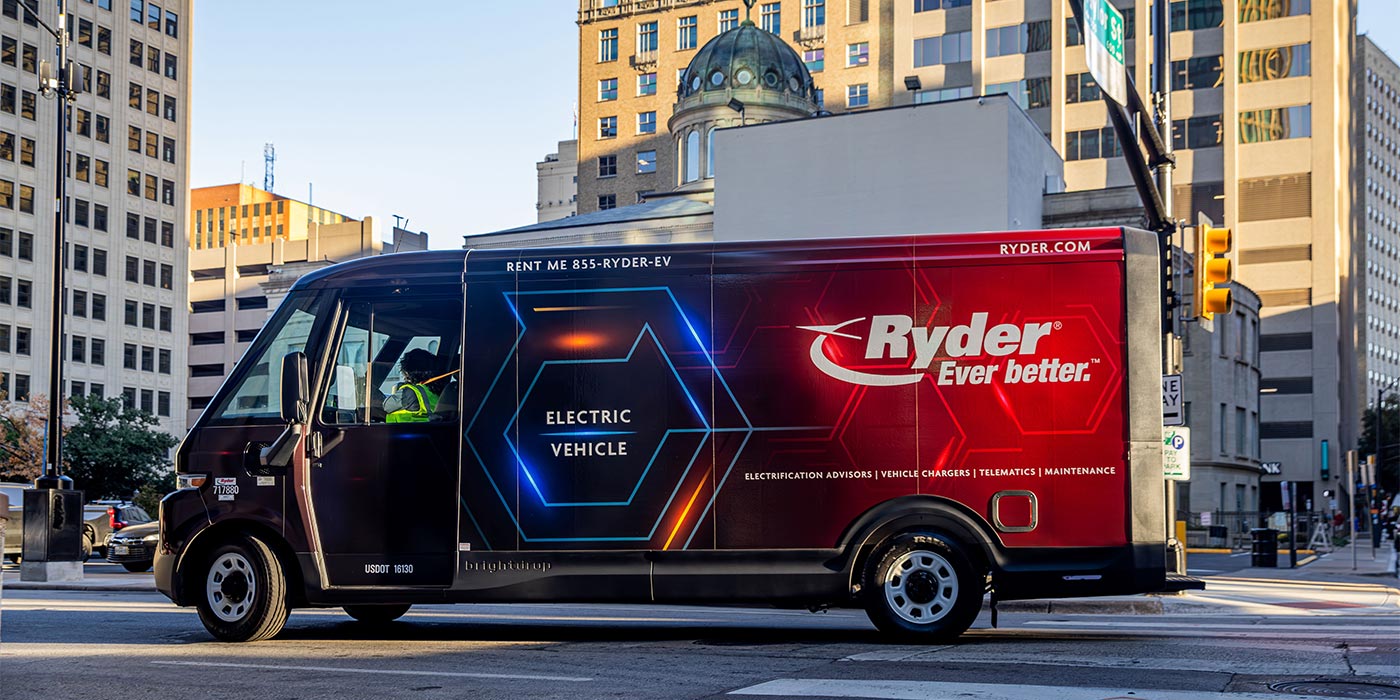According to sustainability-focused non-profit Ceres, the final emissions standards for light- and medium-duty vehicles released by the U.S. Environmental Protection Agency (EPA) will significantly reduce transportation-related pollution across the country.
The new EPA standards will encourage an accelerated shift to cleaner cars and trucks starting with model year 2027 and are projected to result in two-thirds of new U.S. vehicle sales being zero-emission by 2032, which Ceres says will deliver significant economic, climate, and public health benefits.
Reducing emissions from the transportation sector is critical to the Ceres Ambition 2030 initiative, which aims to decarbonize six of the highest emitting sectors in the U.S.
“We applaud the finalized EPA standards that will help ensure the U.S. is on track to achieve its climate goals. Stronger vehicle emission standards will reduce pollution, save lives and improve air quality across the country, especially in communities located near highways and busy roads, and bring significant economic benefits,” said Michael Kodransky, senior director of transportation at Ceres. “These standards will position the U.S. to continue attracting investment to build and deploy clean vehicles and infrastructure with good-paying careers in communities across America.”
“As corporate demand for zero-emission vehicle fleets increases across the U.S. economy and throughout supply chains, businesses and investors have emerged as strong supporters of EPA vehicle emissions standards that provide a clear and predictable path to a clean transportation system,” said Sara Forni, director of electric vehicles and the Corporate Electric Vehicle Alliance (CEVA) at Ceres. “The EPA’s new standards will provide that clarity, expand the availability of the electric models that companies need to meet their climate goals, and enable companies to successfully electrify their light- and medium-duty fleets while reducing fuel and maintenance costs.”
“Tax credits and other strategic investments passed by Congress have sparked a private sector investment boom that is bringing manufacturing, supply chains, and jobs back to communities across the U.S.,” said Zach Friedman, director of federal policy at Ceres. “Strong vehicle standards provide U.S. businesses the certainty they need to accelerate the momentum toward an advanced and abundant clean energy future, ensure that the cost-saving technologies of growing domestic and global demand are built in the U.S., and benefit U.S. businesses, workers, communities, and consumers. The U.S. must compete and win in the global race to build the clean cars and trucks of today and tomorrow, and these standards are essential to building the necessary policy environment to maximize investment in America.”

